Some companies use broken solar cells to produce even more cost-efficient solar panels. The fact that solar cells are cut from a broken cell does not mean that the quality is less than a regular solar panel.
For the solar panels made of recycled broken solar cells, the same warranties apply as for the standard PV modules, however the pricing can be more attractive.
Also there are plenty of hobbyist that build their own solar panels from broken cells. There are plenty of guides and videos available for hobbyist to build their own solar panels by recycling broken solar cells.
It is perfectly possible to create your own solar panels from broken solar cells, even though the lamination of the solar panel is a challenge, as the techniques used in a factory can not be applied at home.
Origin of broken cells
An optimal silicon solar cell is about 100 µm thick. However, thickness between 200 and 500 µm are typically used, as it makes the cells easier to handle and avoid breakage. With such thin cells, you can imagine there are always solar cells that break.
In fact about 1 to 3% of solar cells used at solar panel factories are broken during the production process or during transport. At the moment solar cells are produced in several countries, including China, USA, Germany, Japan and South Korea.
Safe Packaging
Needless to mention is that safe packaging is crucial for the transport of broken solar cells. During any transport, cells will be damaged and a certain percentage needs to be taken into account for the extra damage.
Solar cells without any tin bumps (as explained below) will reduce the risk of damage during transport.
 Broken solar cells – packaging
Broken solar cells – packaging
Degrees of breakage of solar cells
To explain the degree of breakage of the broken solar cell, some explanatory pictures below:
1. Entirely broken cells / scrap
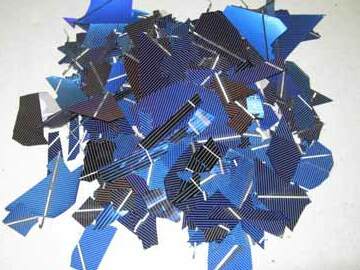 Broken solar cells – scrap
Broken solar cells – scrap
Can be re-melted.
2. Half or quarter broken solar cells
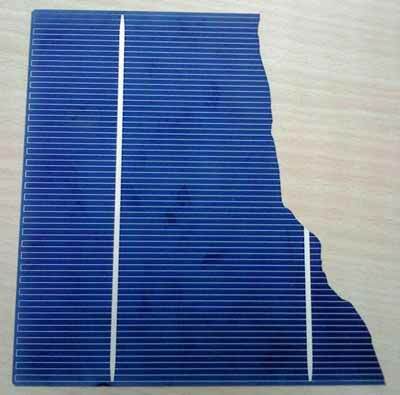 Broken solar cell (50%)
Broken solar cell (50%)
3. Chipped corner
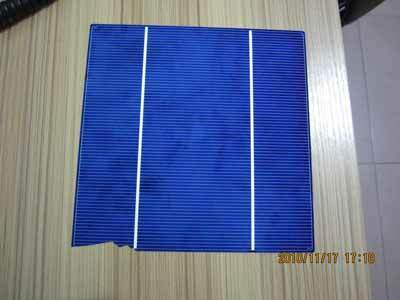 Broken solar cell – chipped
Broken solar cell – chipped
Also the broken cells that have minor damages are suitable to be recycled.
Cutting solar cells
Processing companies cut the broken poly cells into pieces. The cutting of the broken solar cell occurs vertically (parallel to the ribbons). Therefore it is important at which side the solar cell has been broken.
Ribbons
Usually, the broken poly cells do preferably not have any ribbons still attached.
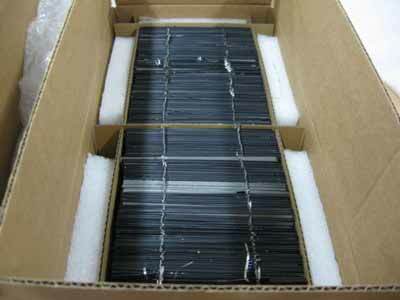 Broken solar cells – tabbed
Broken solar cells – tabbed
Before recycling the broken solar cells, the ribbons (or tabbing wire) on the cells need to be removed. Each cell has two or three ribbons attached.
The ribbons can be removed from the broken solar cells by heating up the tin with a special heater. This way the tin melts and the ribbons can be removed without damaging the solar cell.
Tin bumps
Usually, the broken poly solar cells do preferably not have any tin bumps.
By removing the ribbons (or tabbing wire) from the broken solar cells, there may be uneven spots of tin left. These tin bumps need to be carefully removed from the solar cell, as these will cause trouble during the cutting of the broken solar cell.
The reason for this is that the broken solar cell needs to be entirely flat and slightly under pressure while the cell is being cut.
In case any tin bumps are attached to the solar cell, the cell will be damaged during the cutting.
Tin bumps are removed from the broken solar cell by using a soldering machine by spreading the tin until you it is spread as a smooth surface.

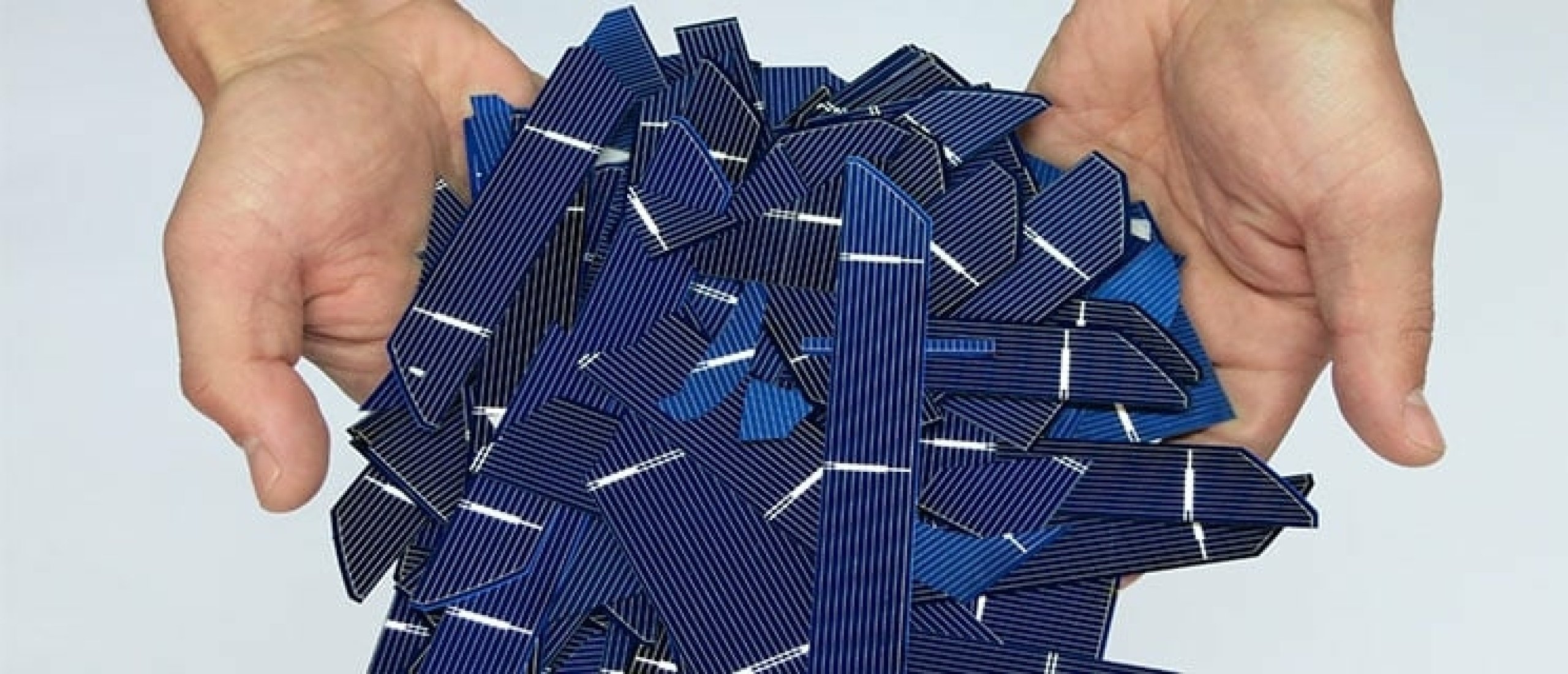


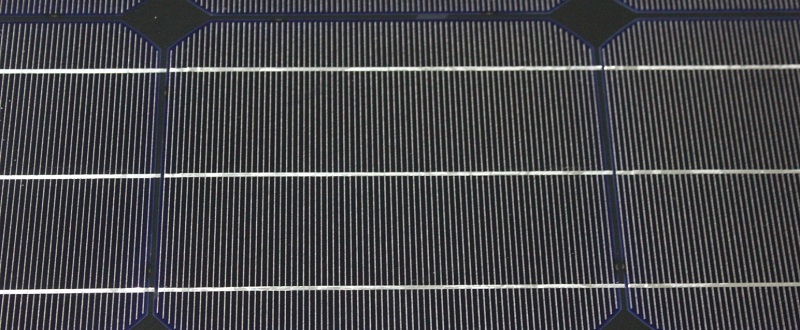
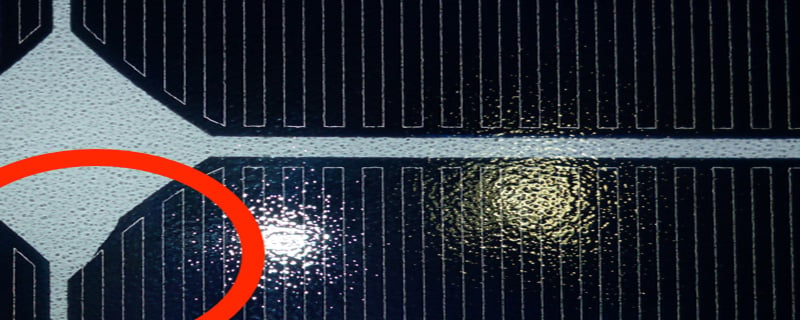
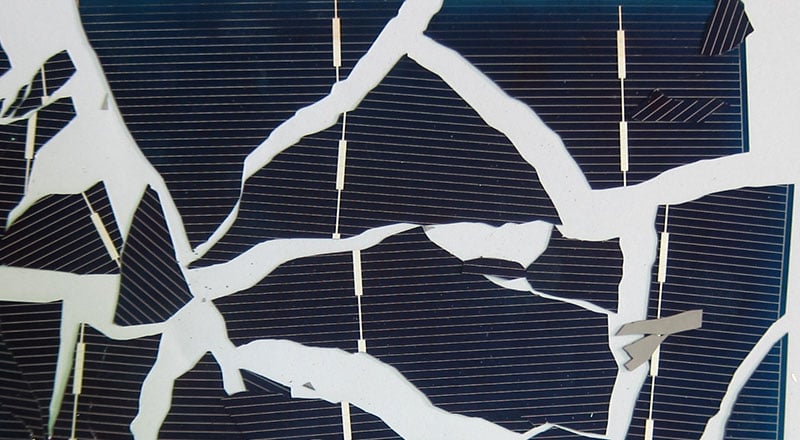
Mohan Rajan
on 17 Dec 2017Ansari
on 12 Dec 2019Mohammed Saifuddin
on 09 Nov 2016Giorgos Taramidis
on 26 Jan 2016Abhishek Jain
on 10 Aug 2016Rahman
on 10 Aug 2017gopal ns
on 22 Jun 2016sandeep
on 13 Jul 2012Fazal
on 25 Apr 2016Wasim Akram
on 16 Nov 2015Abhishek Jain
on 04 Jun 2015akshay santosh shinde
on 18 Jun 2022Chander shekar
on 03 Mar 2016khan
on 15 Jan 2012States innovations
on 26 May 2016khan
on 15 Jan 2012Abhishek Jain
on 04 Jun 2015vladimir karasev
on 08 Aug 2011david murrell
on 26 Apr 2011qasim javed
on 23 Feb 2022manuel
on 16 Feb 2011